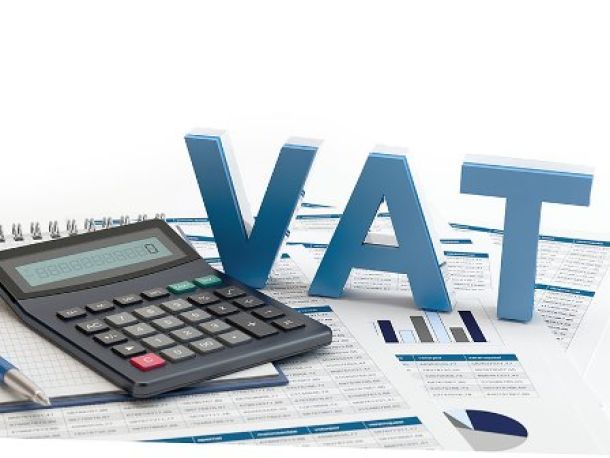Consumers face financial strain as rising prices take toll
Consumers will become more vulnerable this year as rising interest rates, food prices and electricity tariffs weigh on disposable incomes, the Unisa/MMI Holdings consumer financial vulnerability index indicated.
These factors will constrain household spending and hamper economic growth.
Consumers who rely on credit to supplement disposable incomes will face higher debt servicing costs as interest rates are expected to rise further and as banks tighten lending criteria. Interest rates have been rising since January 2014 amid accelerating inflation.
"Consumer access to additional credit, which temporarily alleviates vulnerability in times of emergencies, may be further hampered by the implementation of the new affordability assessment criteria … as part of revisions to the National Credit Regulations," senior researcher at the University of SA College of Accounting Sciences Jacolize Meiring said.
The consumer financial vulnerability index improved to 50.9 in the fourth quarter of last year from 46 in the third, although the long-term trend was worrying as it indicated increasing financial vulnerability. Low economic growth, anaemic job creation, low real income growth, high debt levels and low financial literacy levels contributed to consumers feeling financially exposed in the fourth quarter.
Index scores between 40 and 59.9 indicate that consumers are financially exposed, meaning their cash flow is affected to such an extent that it creates a high risk of becoming financially vulnerable and not being able to save or meet debt repayments. A concerted effort by consumers to improve their financial skills and change their financial behaviour might improve the situation in which households found themselves, Ms Meiring said.
Meanwhile Statistics SA on Wednesday said total retail trade sales had increased 3.1% year on year in real terms in January, a slowdown of 1 percentage point compared with the 4.1% year-on-year increase in December last year.
The main contributors to the increase were other retailers contributing 1.1 percentage points, while general retailers contributed 0.7 percentage points and clothing retailers 0.6 percentage points.
Personal income levels have been up in the fourth quarter, but those are likely to be threatened by surging inflation.
"With inflation going up the way it’s going, it will put further pressure on real income levels, which will result in lower growth in retail. So I won’t be surprised if we begin to see low single-digits and potentially slowing growth," Lesiba Mothata, the chief economist at Investment Solutions, said.
News Category
- International retailers
- On the move
- Awards and achievements
- Legislation
- Wine and liquor
- Africa
- Going green
- Supplier news
- Research tools
- Retailer trading results
- Supply chain
- Innovation and technology
- Economic factors
- Crime and security
- Store Openings
- Marketing and Promotions
- Social Responsibility
- Brand Press Office
Related Articles

Empowering South African households through gro...

SPAR shares practical tips to beat food inflation

South African motorists could be paying up to R...

Big VAT changes on the cards


